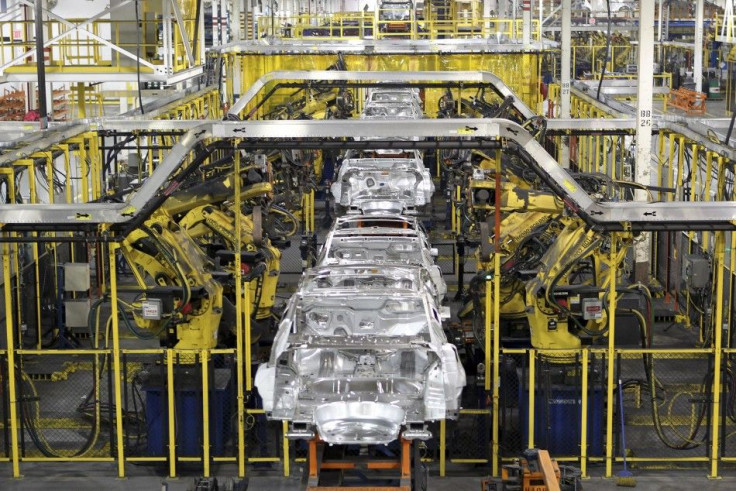Could Manufacturing Keep the U.S. from Another Recession?

Factory activity expanded at a faster pace than expected in September as production and hiring increased, suggesting that manufacturing should help keep the economy out of recession.
The Institute for Supply Management said on Monday its index of national factory activity rose to 51.6 last month from 50.6 in August.
September marked the 26th straight month of expansion in a sector that has shouldered the broader economic recovery and the factory report implied the an outright contraction in output would probably be avoided.
Economists had expected the index to edge down to 50.5. A reading above 50 indicates expansion manufacturing.
Manufacturing is not falling off a cliff. Again this is not an indicator that points to a U.S. recession without a much bigger shock out of Europe, said Alan Ruskin, a currency strategist at Deutsche Bank.
U.S. CONSTRUCTION EXPANDS ALSO
A separate report from the Commerce Department showed an unexpected rebounded in construction spending in August as outlays on state and local government building projects rose sharply.
Construction spending rose 1.4 percent to an annual rate of $799.15 billion, the Commerce Department said. Economists had forecast a 0.3 percent drop.
Stock indexes cut their losses on the data, while prices for Treasury debt pared gains. The dollar trimmed gains versus the euro.
Data last week showed that cash-rich businesses continued to invest in machinery, a trend that economists expect to hold and keep the economy expanding despite a pull back in consumer spending because of weak income.
Manufacturing accounts for about 12 percent of gross domestic product and almost 11 percent nonfarm employment.
The tenor of the manufacturing report was strengthened by a an increase in hiring last month, which could be a good omen for Friday's employment report.
The economy failed to add jobs in August, leaving the unemployment rate at a lofty 9.1 percent.
Other details of the factories survey showed production rebounding last month after contracting in August. However, new orders contracted for a third straight month, potentially pointing to a pull back in manufacturing in the months ahead.
But inventories are growing at a slower pace and the ISM viewed customers' supplies as too low, which is should boost future orders.
© Copyright Thomson Reuters 2024. All rights reserved.





















